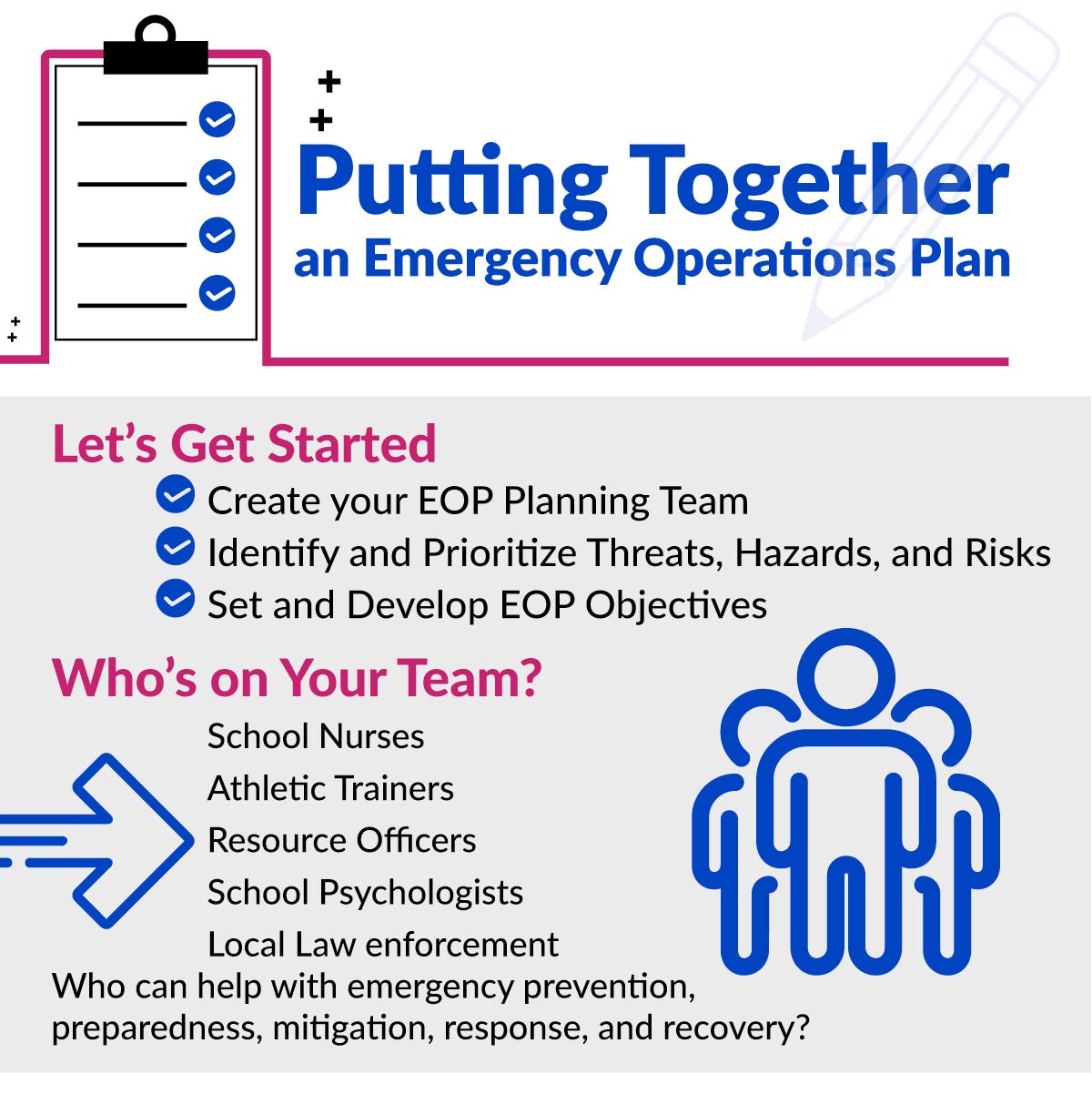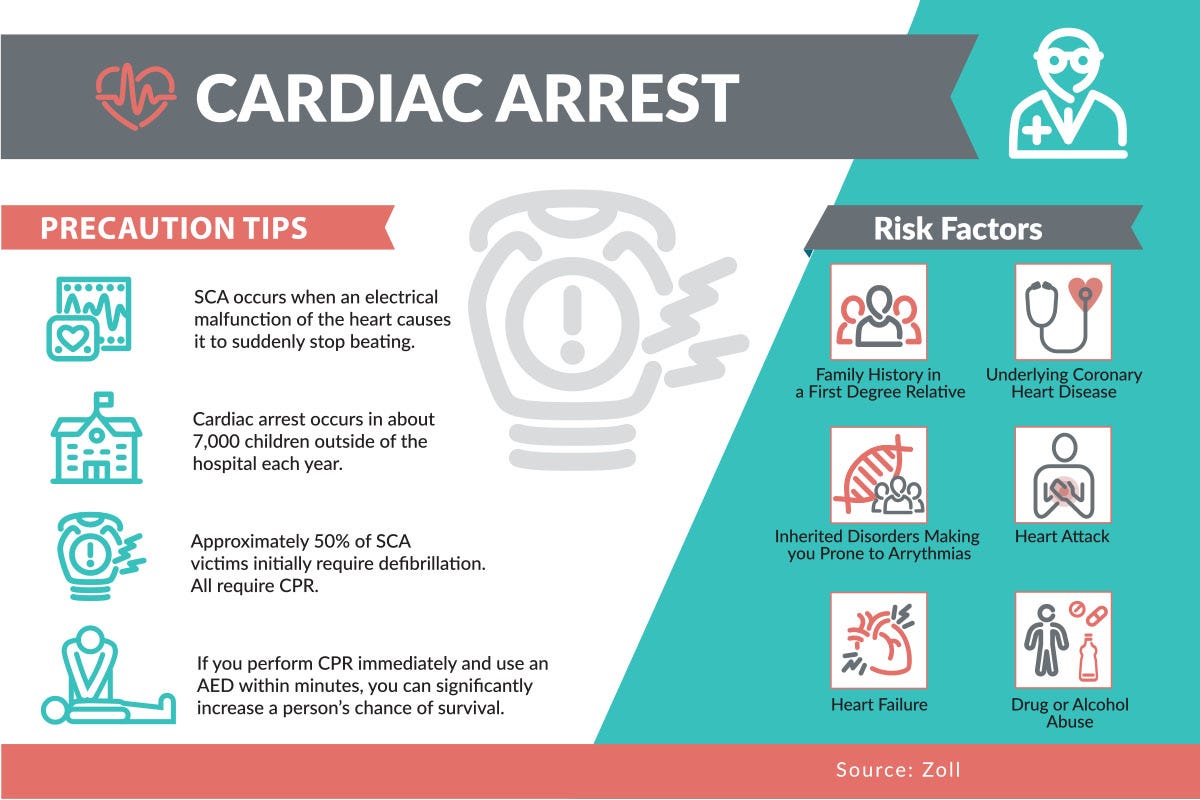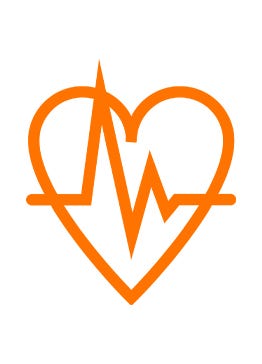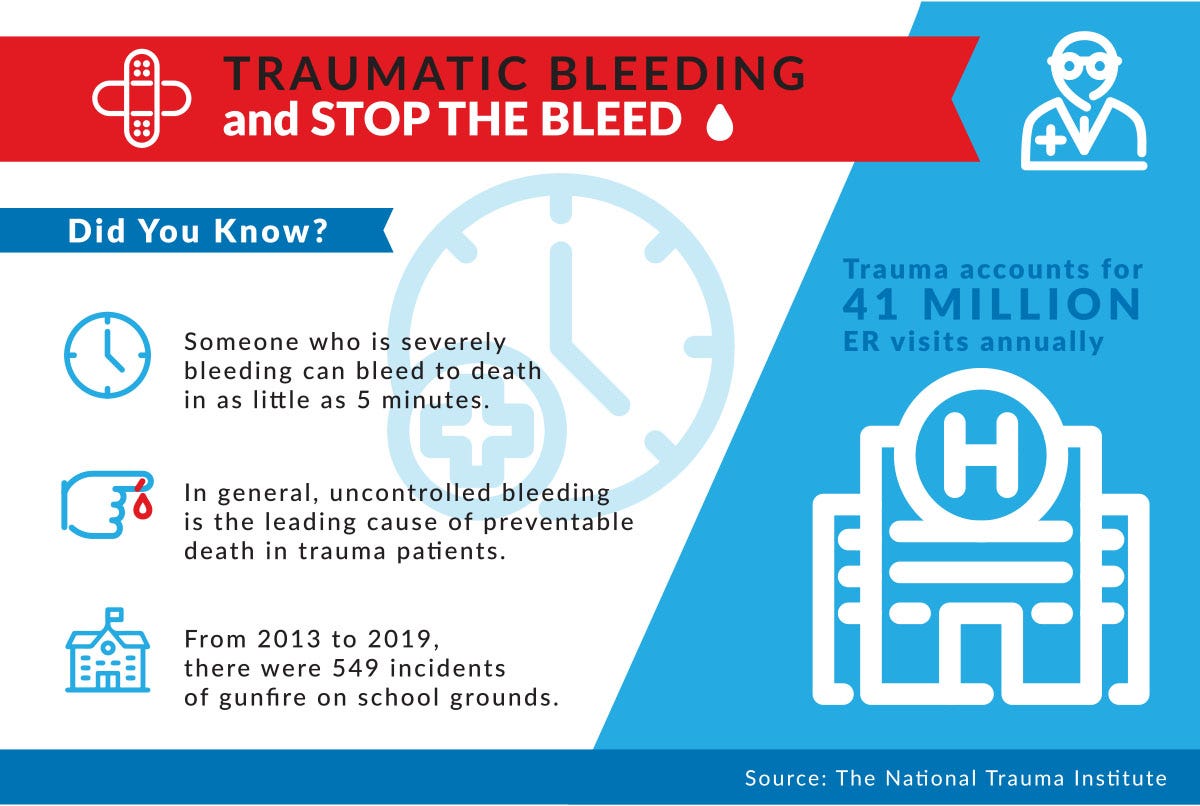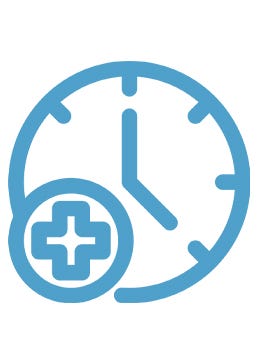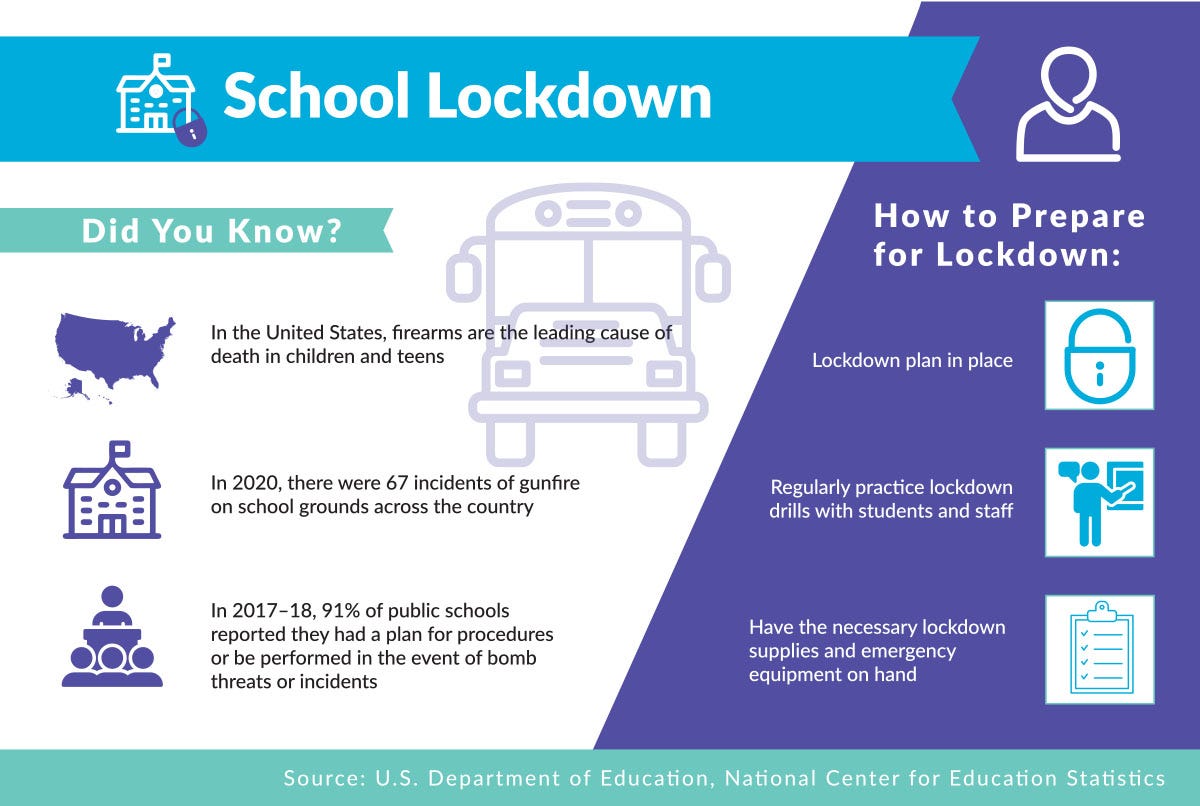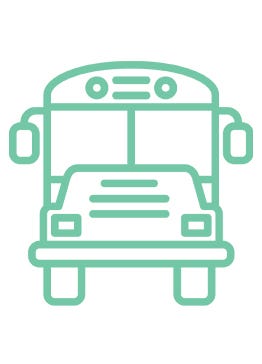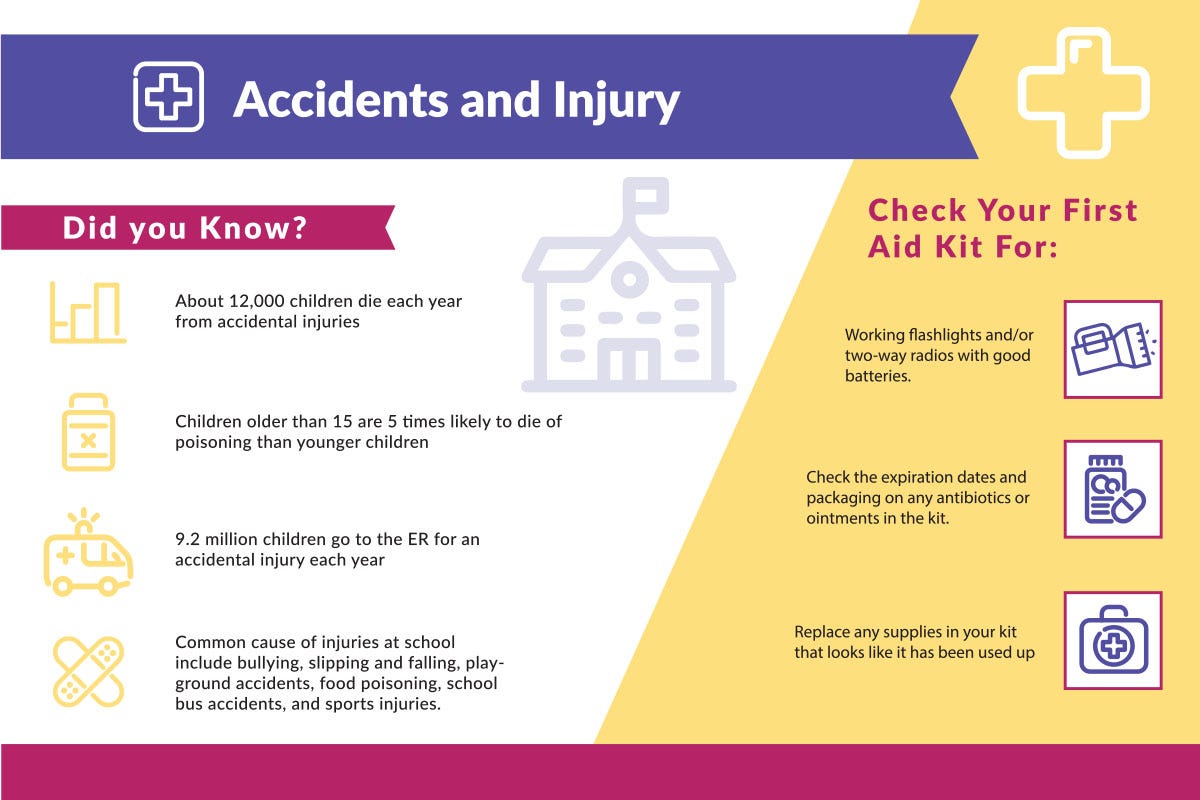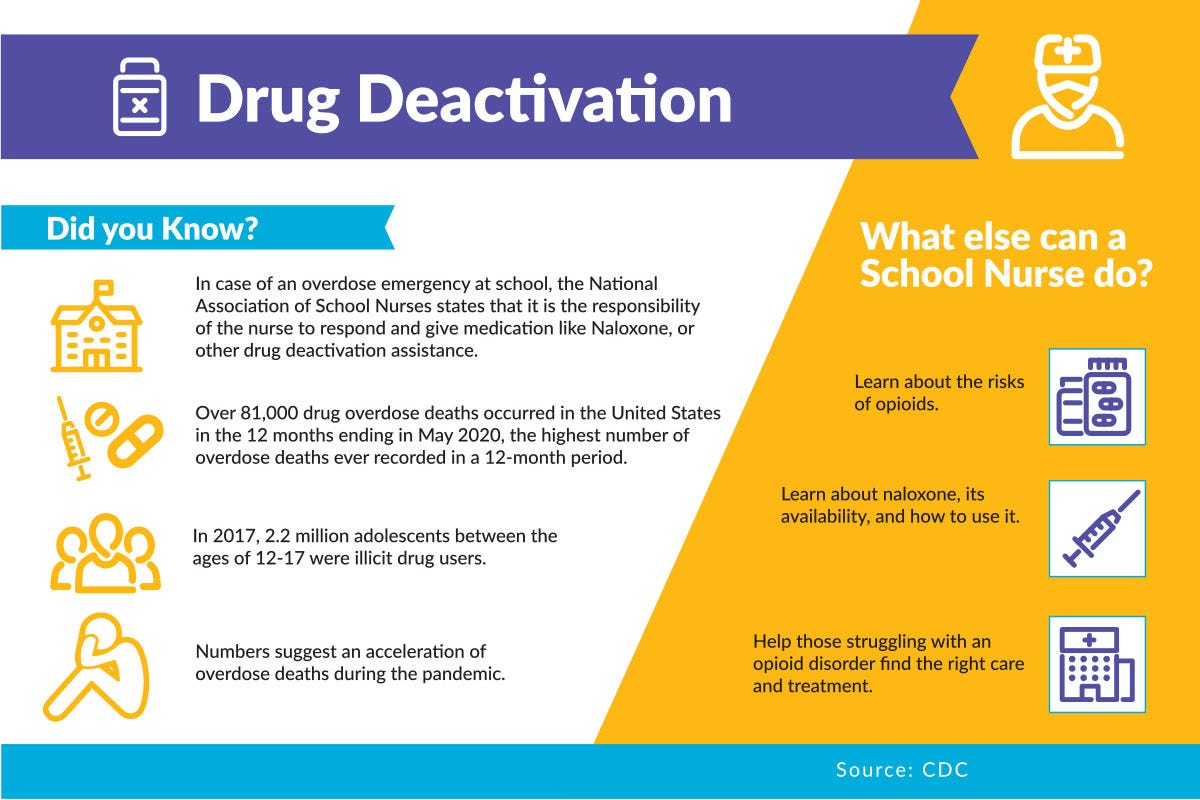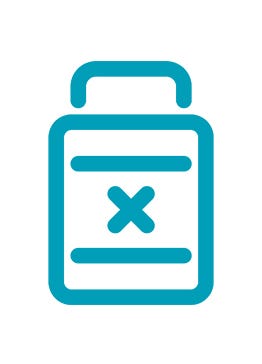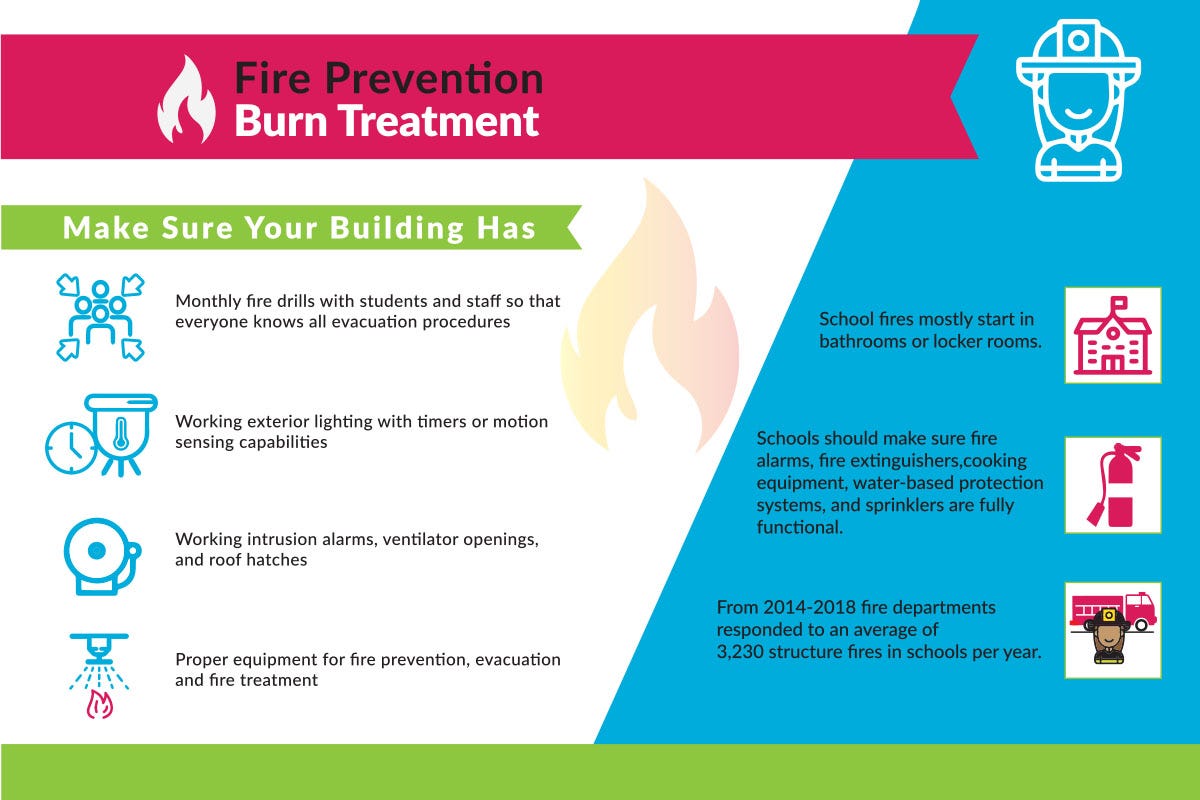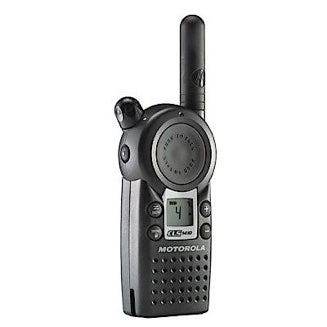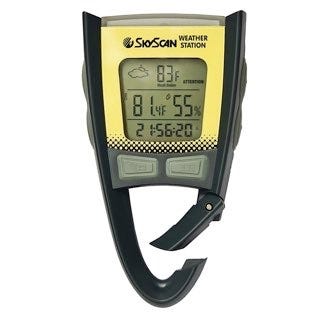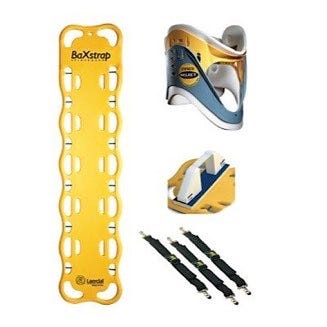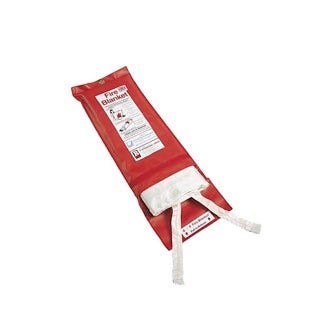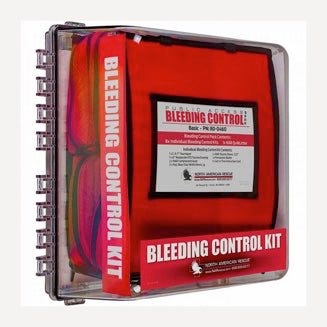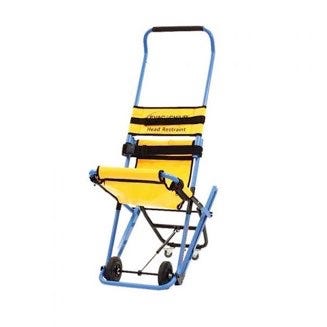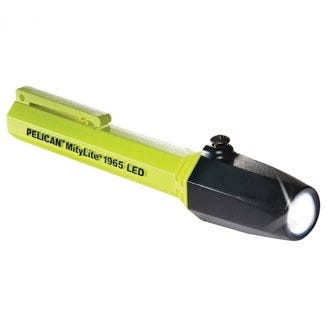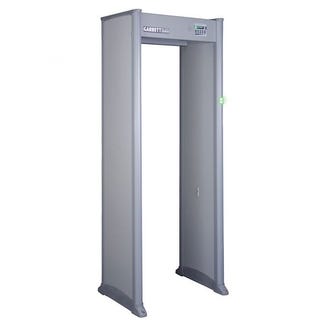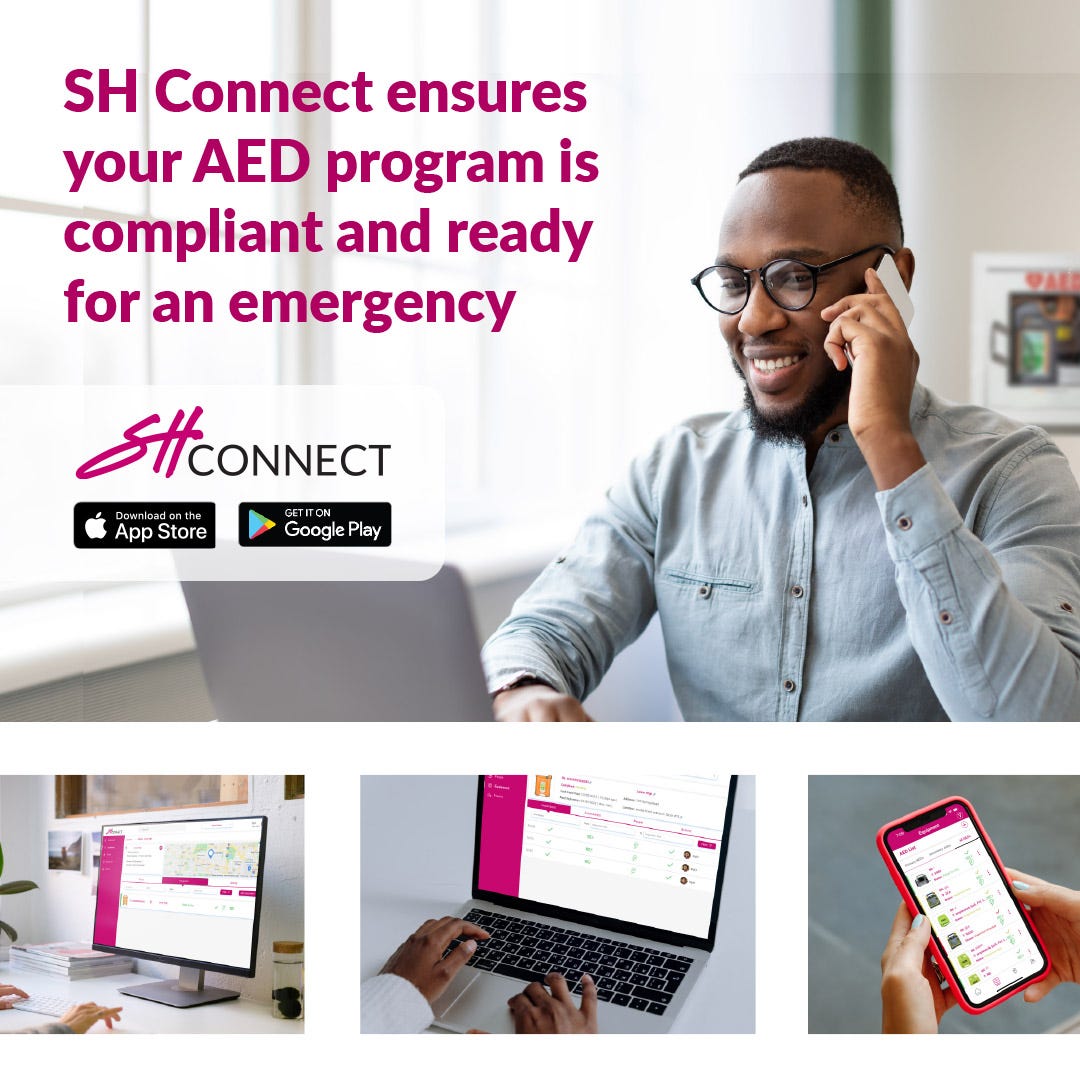- Home
- School Safety
- 866-323-5465
- Mon-Fri, 7am-5pm CST
- Need Help?


Prepare your school, staff and students for disasters and emergencies
Creating an Emergency Operations Plan
Prepare, Prevent, Mitigate, Response, and Recovery – these are the four key points to consider when you’re creating an Emergency Operations Plan for your facility.
By considering your building’s set up, state guidelines, and key stakeholders, you’ll be able to prepare students and staff to act safely and effectively in the event of an emergency.
For additional resources, check out:

Emergency Operations Plan Tips
Families and communities expect that schools will keep children safe from hazards and threats.
Developing a well-thoughtout emergency plan is important to ensure an effective response and to limit harm.
This infographic outlines some important steps to be better prepared to handle emergencies at your school.
Download Infographic
SH Connect Features:
Manually inspecting emergency equipment can be a time-consuming task, which can lead to a higher chance of user error and possible neglect. When a crisis happens, you'll need your equipment to be up-to-date and ready to use. SH Connect is a compliance management system that helps you monitor your equipment using a desktop or mobile device, so you can feel confident that your facility will be prepared for any emergency.
- Dashboard: Quick access to your AED program to prioritize devices that need attention.
- User Interface: Intuitive navigation helps you easily find equipment, people, or locations.
- Information at a Glance: Quickly view the status of AED batteries, pads, and the most recent inspection.
- Simple Menu Options: Clear menu options to navigate your AED devices quicker.
Learn More About School Safety by Viewing our Webinars


Empowering lay rescuers to assist with medical emergencies can have enormous implications and enhance even the best emergency response plans.


Medical emergencies happen every day, all over the world. Having trained professionals available on-demand to immediately assess and treat patients would be an optimal, but largely impractical expectation.


In this webinar, we discuss the importance of having the proper protocols and procedures in your facility to prevent your students from becoming another devastating statistic.
Budget Concerns
Having a budget to cover the costs for emergency training, first-aid supplies and emergency toolkits is a challenge many schools face. Some approaches you can take to increase your funding include:
- Your Budget: Determine what supplies you need. Build the cost into the health or technology budget. Approach manufacturers about special programs they may offer. Reach out to your school board, county council and fire department. Remember to budget for replacement parts.
- Grants: Research available government, hospitals, charity and community grants, etc. Show the giver how this fits into their mission – what is the value to them?
- School Bond Money and School Foundations: Discuss options with your principal or board.
- Funding for AED Programs in Schools:
Check out SCA’s (Sudden Cardiac Arrest Foundation) list of available AED funding applications! Plus, contact your School Health representative to get more information on your state’s covid funding plan.
- PTA/Fundraisers: Let the PTA know what you need so they can include in their fundraising agenda.
- Municipal Funding Sources: Reach out to local government offices for options.
- Nonprofit Organizations: Connect with various nonprofits to learn of available opportunities.
- Community Donors: Involve those that have a connection to an emergency situation.
Contact Us
School Health can help you decide what supplies you need to prepare your school for emergency situations.
Request Consultation

